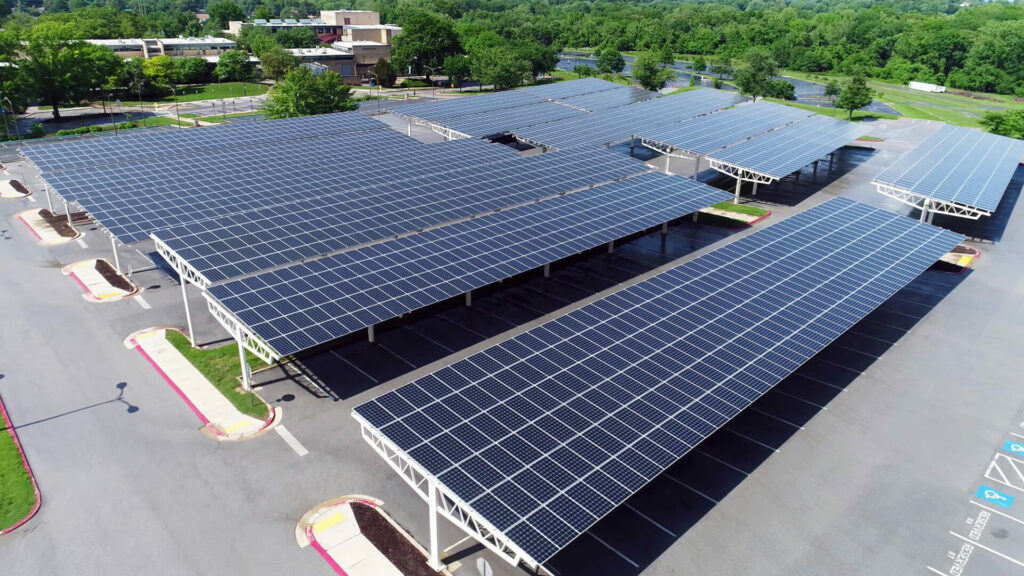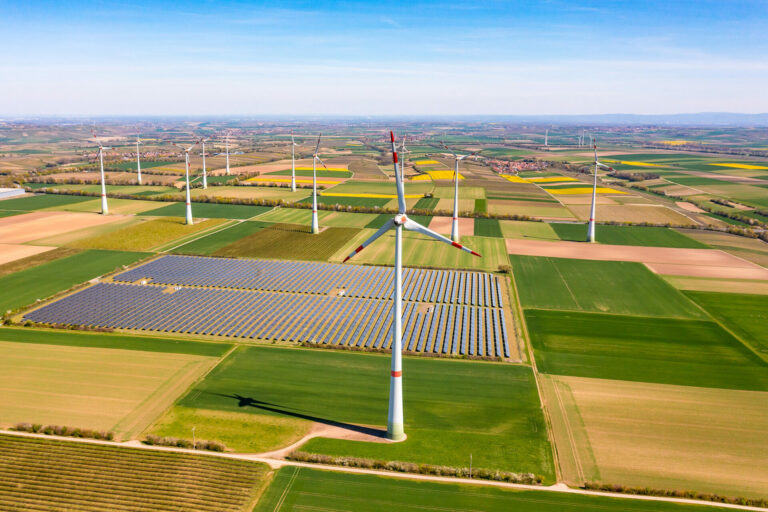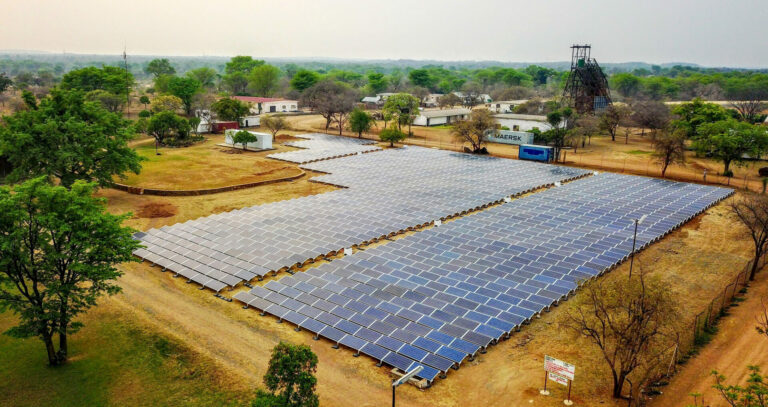Construction and energy are two industries that are intrinsically linked. Historically, they have worked in tandem to support growth and the development of many supplementary industry. In addition to all that, they are mutually reliant on each other. While growth and building work leads to an increased need for power and energy, the construction industry continues to be at the forefront of energy plants and infrastructure networks. However, what happens when the speed of growth and building work accelerates at a pace that is difficult to keep up with. With the ever-increasing strain on the national grid, coupled with the ongoing issues of an aging infrastructure network, this very problem is being faced. Simply put, the importance of discovering alternatives and solutions has never been more urgent. Around North America, small scale projects and off-grid living arrangements exist. However, as positive as they are, these are ultimately insignificant when we look at the big picture. While it is important that these projects continue to grow and expand, they need to exist alongside larger scale energy alternatives. So, how do we identify and build these?
When we look at alternative energy sources it is clear that, while there are options, many of these are imperfect. From costly production methods and time-consumption to supply and knowledge base, the sustainable and renewable energy sources are still in their infancy. Having said that, as one of the largest users of energy globally, coupled with the ongoing energy needs of the built environment, the construction industry is not in a position to argue and the search for sustainable energy that can be used on a much broader scale, is now called for. According to research conducted by the Georgie Institute of Technology, this need for sustainable practices, in particular in the built environment, is inescapable. “The complex problems shared by cities throughout the USA are evidence of the impacts of urban sprawl: increasing traffic congestion and commute times, air pollution, inefficient energy consumption and greater reliance on foreign oil, loss of open space and habitat, inequitable distribution of economic resources, and the loss of a sense of community. These combined pressures, along with the challenges faced specifically by stakeholders of the built environment, have led to a growing awareness of the need for change.”
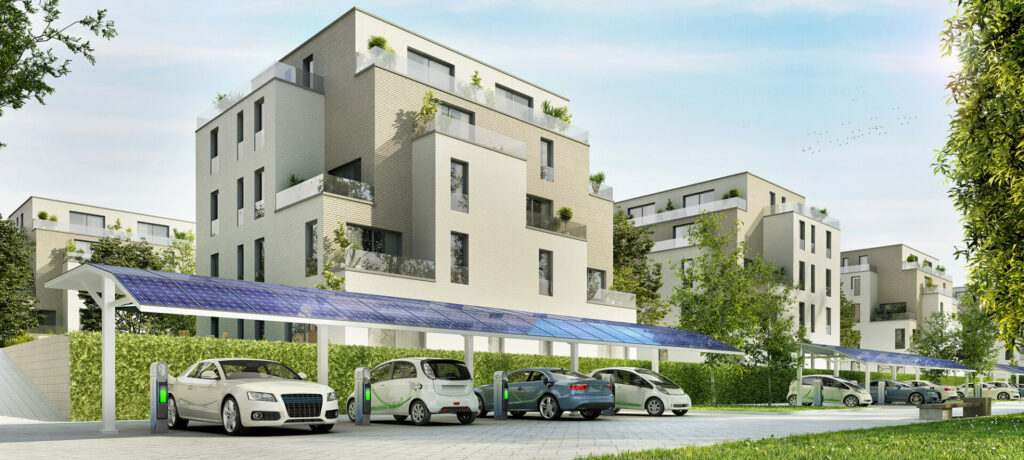
The Clean Coalition is a nonprofit organization whose mission is to accelerate the transition to renewable energy and a modern grid through technical, policy, and project development expertise. Originally called the FIT Coalition, the group started in early 2009. With targets to lower emissions being missed around the world and time running out to arrest the greatest impacts of climate change, the group has set an ultimate goal of the “United States being 100% powered by renewable energy, substantially from local sources.” While this may seem unachievable, it is supported by a number of smaller targets that the organization hopes to achieve by 2025. They call these 25X25. According to The Clean Coalition, “from 2025 onward, at least 80% of all electricity generated from newly added generation capacity in the United States will be from renewable energy sources. Furthermore, at least 25% of this electricity will be from local renewable energy sources. Locally generated electricity does not travel over the transmission grid to get from the location it is generated to where it is consumed.”
According to The Clean Coalition, “from 2025 onward, at least 80% of all electricity generated from newly added generation capacity in the United States will be from renewable energy sources.”
While it may seem that these goals themselves are too stringent to succeed, those at the Clean Coalition are quick to point to the growing number of successes already taking place as part of these plans. With Feed-in-Tariff programs popping up across the country, microgrids becoming much more than just theory and research-based advocacy work that are influencing policy decisions in California, it seems as though the organization may be on the right track. “The Clean Coalition has had significant impact shaping policies and programs that enable the deployment of clean local energy to address climate change and secure economic, environmental, and resilience benefits for communities. Through cutting-edge programs, policies, and initiatives, we have helped bring nearly 3 gigawatts of clean local energy online — enough to provide peak power to nearly 3 million American homes.”
In addition to this, the organization is working with local areas to develop Community Microgrids, “local grid area(s) served by one or more distribution substations and supported by high penetrations of local renewables and other distributed energy resources.” According to those at The Clean Coalition, Community Microgrids offer viable, sustainable solutions to the energy crisis that the nation is sleepwalking into. “Community Microgrids represent a new approach for designing and operating the electric grid, relying heavily on DER to achieve a more sustainable, secure, and cost-effective energy system while providing indefinite, renewables-driven backup power for prioritized loads.”
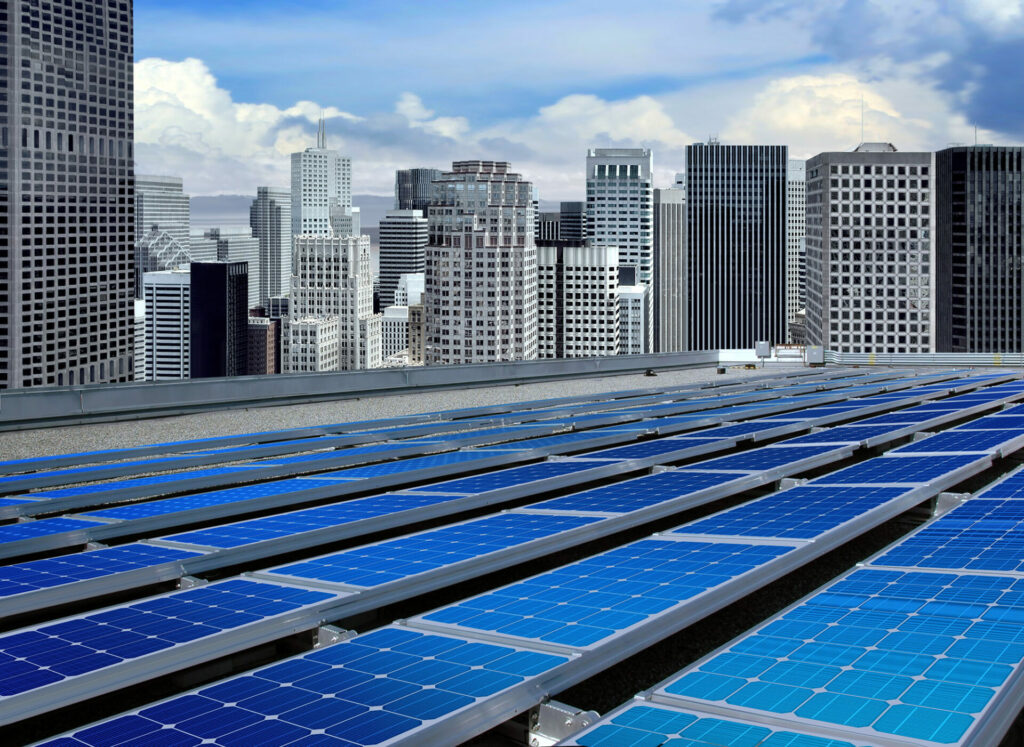
Community microgrids have existed in various forms for many years with Thomas Edison being credited as designing the very first one back in 1882. Since then, they have mainly been used on islands, in rural communities and to support military bases. What Clean Coalition are doing is trying to extend the use of these microgrids to support the energy needs of urban locations. While this is a new and developing market, they are now being taken seriously. In fact, community microgrids are now springing up across North America with over 160 microgrids operating in the US today. One such Microgrid that is attracting huge interest is the Long Island Community Microgrid Project which was first announced in 2015. The project was one of the first projects awarded funding through the NY Prize Community Microgrid Competition and aims to achieve nearly 50% of its grid-area electric power requirements from local solar. According to those at Clean Coalition, the project is expected to deliver many benefits to the community such as reducing the dependence on both the transmission grid and local, oil-based generators and it will also maintain electrical services for critical loads during grid outages. Overall, the benefits are staggering. When fully developed, the project will save $38M in avoided transmission costs, will add $32M in wages to the local economy and provide a reduction of 7M pounds in GHG emissions. “The result will be an optimized local energy system combining up to 15 megawatts of solar power with a 25-megawatt-hour energy storage system. The renewables-based solution will also provide backup power to critical loads, including two Suffolk County Water Authority water pumping and filtration plants and the Springs Fire District facility, during outages.”
The argument for the use of renewable energy may be one with further twists and turns but the bottom line is clear. Community microgrids offer cost effective, sustainable energy to local communities which, in turn, can benefit and support both the infrastructure networks and the construction industries that supply and maintain them. Change may take time and industries tend to need conclusive evidence before migrating to new energy sources. What is being done at Clean Coalition goes someway to making a convincing case. Surely it is only a matter of time before more communities listen to what they are saying.









